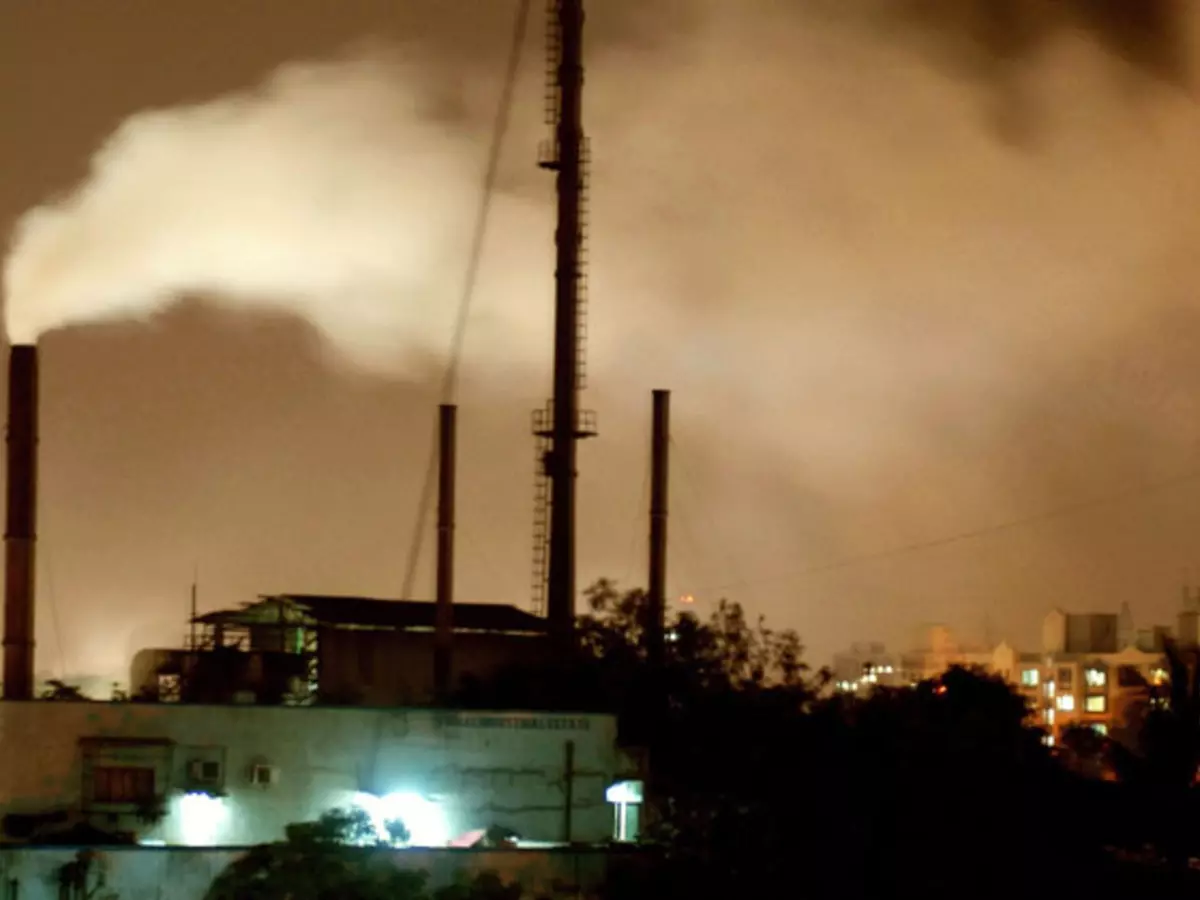This 600-Acre Indian Zoo Has Air Pollution Levels As Bad As Industrial Zones
It isn't just the toxic water seeping in from the adjacent Mir Alam Tank that is posing a threat to the lives of animals inside the Nehru Zoological Park. Also making it difficult for them to breathe is the densely-polluted air within the premi

It isn't just the toxic water seeping in from the adjacent Mir Alam Tank that is posing a threat to the lives of animals inside the Nehru Zoological Park.
Also making it difficult for them to breathe is the densely polluted air within the premises that is getting worse every passing day.

Reuters
Air pollution levels inside the Zoo Park are dangerously high, according to data available with the Telangana State Pollution Control Board (TSPCB).
Classified as a 'sensitive' zone with a permissible Air Quality Index (AQI) of under 100, the zoo recorded an AQI of 241 in November last year. According to standards set by the Central Pollution Control Board (CPCB), an AQI between 201 and 300 is classified as 'poor' and can cause "breathing discomfort to people upon prolonged exposure".
The pollution levels are worse than those recorded at some of Hyderabad's industrial zones.

BCCL
Take for instance its fine particulate matter (PM 2.5) level. While the permissible limit for this is 60 g/m3, in November, the zoo recorded a PM 2.5 level as high as 103.6 g/m3. The PM 10 content too stood only second to that recorded at Pashamylaram, an industrial belt in the city outskirts), which was 194 g/m3. At the zoo, the count was 177 g/m3.
Wildlife activists sound a word of caution. Pointing out how 'Anthracosis', a lung disease and an indicator of air pollution, has claimed many lives at the zoo in the past, Imran Siddique said, "Anthracosis is seen when there is a high carbon presence in the lungs and many animals at the zoo fell prey to this disease around six years ago. Poor air quality can also cause breathing difficulties in animals and trigger hormonal changes which in turn affects their breeding pattern. It can also cause behavioural problems with animals showing symptoms such as pacing to and fro and drooping heads."

BCCL
Officials made light of the issue. While blaming the location of the zoo for the rising pollution levels, they said that it wasn't a threat to animals. "In 2016, five animals died due to water pollution. But no air pollution related illness has been detected among zoo animals so far," said a zoo official.
According to an in-house veterinarian, Abdul Hakim, authorities have been taking all precautions to keep animals safe. "The pollution levels are such because the zoo is located right in the heart of the city. We are taking preventive measures and the following protocol to ensure that the animals are protected. These include vaccination drives and ensuring access to protected water," he said.
